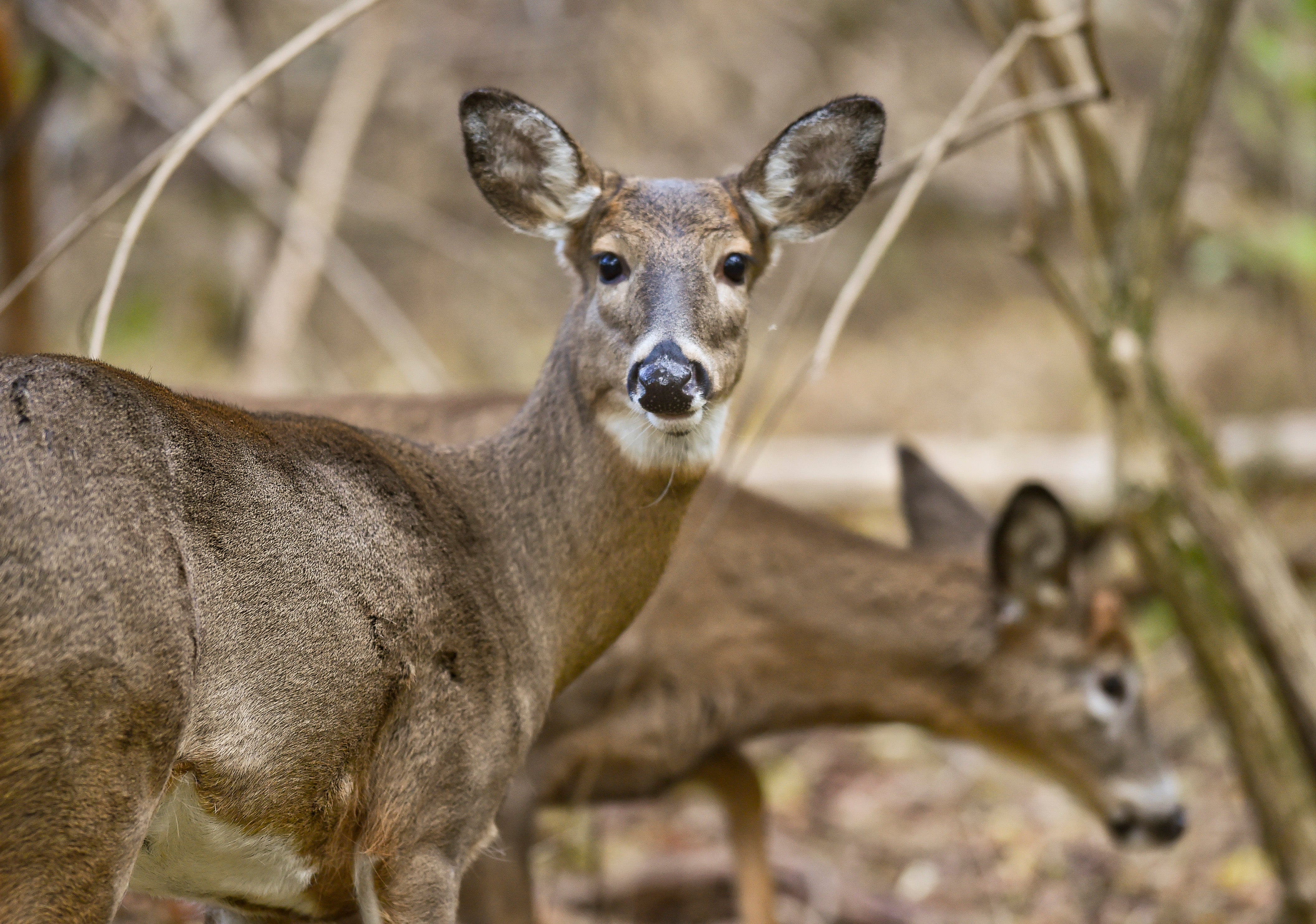DNR reports first-ever positive case of deadly chronic wasting disease in Indiana
(INDIANA CAPITAL CHRONICLE) — The Indiana Department of Natural Resources (DNR) on Friday confirmed the state’s first positive case of chronic wasting disease — a deadly neurological disease that affects white-tailed deer.
The positive case was recorded in northern Indiana’s LaGrange County and is adjacent to a region in Michigan where the disease, also known as CWD, has previously been detected, according to state officials.
he Indiana white-tailed deer that tested positive for CWD was a male harvested by a hunter, according to state officials. Two independent tests confirmed the animal was positive for the disease.
Indiana DNR deer biologist Joe Caudell said in a news release that CWD has been detected in wild deer in 33 states, including all states bordering Indiana.
He added that — because CWD was previously detected in Michigan, near the Indiana border — finding it in this area of Indiana was “highly likely.” For that reason, DNR will continue monitoring the area for CWD.
“CWD has been in our region for many years with positive cases in all of our surrounding states,” Caudell said. “The public can help by reporting sightings of sick or dead deer to the DNR, as well as submitting harvested deer for testing during deer hunting season. Through increased awareness and testing, we can work to monitor CWD within Indiana’s deer population.”
There have been no reported cases of CWD infection in humans, according to the Indiana DNR.
The Centers for Disease Control and Prevention (CDC) recommends that hunters “strongly consider” having their harvested deer tested before eating the meat. The CDC also advises not to eat meat from an animal that tests positive for CWD.
Scientists believe CWD is caused by a misfolded protein that causes damage to the animal’s nervous system.
Those proteins likely spread between animals through body fluids like feces, saliva, blood or urine, either through direct contact or indirectly through environmental contamination of soil, food or water, according to the CDC. Other animals can contract CWD from the environment even after an infected deer has died.
In Indiana, that means CWD can spread from deer-to-deer contact or through contaminated environments and remains in the soil for many years. Indiana DNR cautions that animals in the late stages of CWD can appear emaciated, show erratic behavior, and exhibit “neurological irregularities.”
Sick or dead wildlife should be reported to Indiana DNR and can be done so online.
Indiana’s various deer hunting seasons run from mid-September until the end of January.
During a season, hunters can voluntarily drop off deer heads at one of several CWD sampling locations around the state to have animals tested for the disease. Test results will be posted online for individual hunters to access when laboratory tests are complete.
